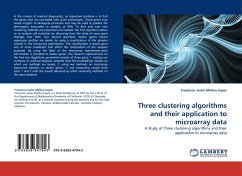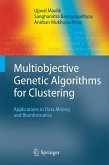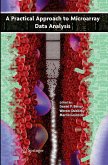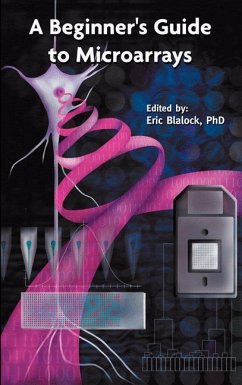In the context of medical diagnostics, an important problem is to find the genes that are correlated with given phenotypes. These genes may reveal insights to biological processes and may be used to predict the phenotypes associated to samples of RNA. To that end, two new clustering methods are presented and studied. Our first algorithm allows us to analyze cell evolution by observing how the state of every gene changes over time. Our second algorithm cluster genes whose expression profiles are similar by using a classification of the samples utilized in the microarray experiments. This classification is based upon one or more conditions that affect the composition of the samples analyzed. By using the label of the microarray experiments,extra information is provided to cluster genes. The research reported here on the first two algorithms presented consists of three parts: 1. testing our methods on artificial datasets sampled from the probabilistic models on which our methods arebased, 2. using our methods on microarray expression datasets to cluster genes, 3. and comparing results from parts 1 and 2 with the results obtained by other clustering methods on the same datasets.
Bitte wählen Sie Ihr Anliegen aus.
Rechnungen
Retourenschein anfordern
Bestellstatus
Storno








